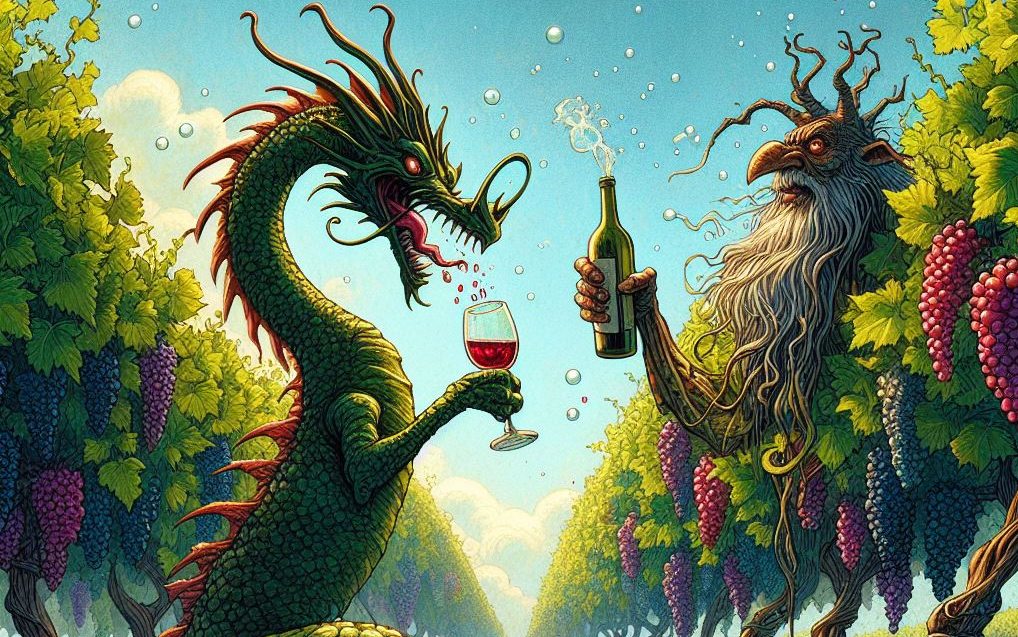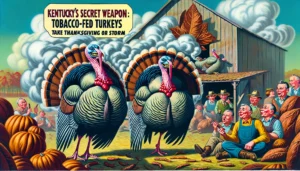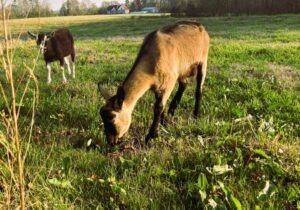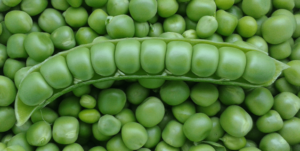
Vineyards Farmer Cowboy 8 1.jpg
Grapevine Valley Vineyard Ventures
The Hilarious Highs and Lows of Grapevine Growing!
Grapevine Valley, USA – In the lush, rolling hills of Grapevine Valley, the pursuit of the perfect grape has become a delightful comedy of errors. Local vintners, armed with enthusiasm and a sense of humor, navigate the unpredictable world of vineyard management, resulting in a series of amusing anecdotes and unexpected lessons.
Grape Expectations
Jeff Walters, fresh from a winemaking course, eagerly planted what he thought were wine grapes, only to discover they were table grapes. “Grape Expectations quickly turned into grape reality,” Jeff laughs. The resulting wine had flavors more suited to a fruit salad than a sophisticated palate, much to the amusement of his fellow vintners.
Bee Battles
While tending his vines, Jeff accidentally disturbed a beehive, resulting in an impromptu and chaotic ballet of swatting and dodging. “It was like a scene from a cartoon,” recalls Farmer Bob. Despite the chaos, the bees eventually returned to their hive, and Jeff learned a valuable lesson about vineyard wildlife.
Accidentally disturbing a beehive while tending the vines turns into a chaotic ballet.
Pruning Problems
In an effort to ensure his vines were perfectly pruned, Jeff got a bit too enthusiastic, reducing his once lush vines to twiggy skeletons. “My vines looked ready for Halloween,” jokes Farmer Sally. Pruning is an essential skill in vineyard management, but as Jeff discovered, there’s a fine line between just right and too much.
Wine Fashion
Jeff decided to protect his grapes from pests by dressing the clusters in protective nets, inadvertently creating the latest in vineyard fashion. “They looked like little mummies swaying in the wind,” observes Farmer Ed. While effective, the nets also added a whimsical touch to the vineyard landscape.
Deer Dilemmas
To deter deer, Jeff installed scarecrows that ended up scaring the farmers more than the wildlife. “Those scarecrows looked straight out of a horror movie,” says Farmer Tom. The eerie figures provided more laughs than protection, as the deer continued to feast on the grapevines undeterred.
Fertilizer Fun
A mix-up between organic compost and garden fertilizer resulted in a nutrient explosion, with grapevines growing at an alarming rate. “My grapevines turned into jungle vines,” notes Farmer Jane. The overgrowth was both impressive and impractical, leading to a crash course in balanced fertilization.
Irrigation Irritations
Jeff’s overenthusiasm for irrigation turned his vineyard into a marsh. “Balance is key in irrigation,” advises Water Management Specialist Irene Flow. The waterlogged vines highlighted the importance of controlled watering practices to maintain healthy grape production.
Grape Fly Fiasco
Sleep-deprived and working late into the evening, Jeff mistook a swarm of grape flies for pixies. “I thought I was seeing things,” admits Farmer Bill. The tiny pests caused more trouble than their fairy-like appearance suggested, reminding Jeff of the importance of pest management.
Harvest Hilarity
Harvesting grapes at the wrong time led to wines with “unique” flavors. “30% of fruit is harvested at the wrong time,” says the Harvest Journal. Jeff’s trial-and-error approach to timing provided both humorous and enlightening lessons in patience and precision.
Vineyard Overload
Planting too many vines too close together created an impenetrable grape jungle. “It’s like trying to navigate a maze,” observes Farmer Luke. The dense planting made harvesting a challenge and highlighted the necessity of proper vineyard spacing.
Frost Follies
Misjudging frost protection turned Jeff’s vineyard into a field of grape-sicles. “Frozen grapes aren’t as tasty as they sound,” quips Farmer Pete. The frost folly underscored the need for accurate weather forecasting and timely protective measures.
Bird Battles
Bird netting designed to protect the grapes ensnared more farmers than birds. “I got tangled up more times than I care to admit,” says Farmer Dave. The netting proved to be more of a nuisance than a solution, leading Jeff to seek alternative bird deterrents.
Sunburned Grapes
Forgetting to protect the grapes from sunscald resulted in roasted fruit. “Sun protection is crucial for quality grapes,” notes Dr. Orchard. The sunburned grapes served as a visual reminder of the importance of comprehensive vineyard care.
Pollination Puzzles
Pollinator bees that decided to vacation in neighboring orchards left Jeff’s vineyard with a pollination puzzle. “50% of pollination efforts are disrupted by bee behavior,” reports the Pollination Society. Jeff’s bees seemed more interested in exploring the surrounding fields than doing their job, leading to a pollination puzzle that needed solving.
Pest Predicaments
Introducing beneficial insects to combat pests led to an overstay of ladybugs that took up permanent residence. “Those ladybugs moved in and never left,” says Farmer Sam. While initially helpful, the insects became a permanent part of the vineyard ecosystem.
As the vintners of Grapevine Valley, USA, continue their vineyard ventures, they find humor in their missteps and share valuable lessons with one another. The community’s collective wisdom and wit ensure that their vineyards, and their spirits, remain fruitful and resilient.
Resourceful Content for Farmers
Step-by-Step Guides
- How to Avoid a Vineyard Overload:
- Step 1: Space your vines adequately to prevent a grape jungle.
- Step 2: Monitor planting density to ensure easy navigation during harvest.
- Pro Tips for Pest Management:
- Tip 1: Scarecrows are meant to scare deer, not farmers.
- Tip 2: Protective nets can save your grapes from pests and add charm to your vineyard.
- Insider Knowledge on Irrigation:
Disclaimer
This article is the result of a highly sophisticated collaboration between a cowboy and a farmer, entirely devoid of any artificial intelligence interference. Any resemblance to real vineyard management woes is purely coincidental, albeit hilariously accurate.
15 Humorous Observations
- Grape Expectations: Confusing table grapes with wine grapes leads to some very interesting wine flavors.
- Bee Battles: Accidentally disturbing a beehive while tending the vines turns into a chaotic ballet.
- Pruning Problems: Over-pruning the vines turns them into twiggy skeletons.
- Wine Fashion: Dressing grape clusters in protective nets that make them look like little mummies.
- Deer Dilemmas: Scarecrows that are more frightening to the farmers than to the deer.
- Fertilizer Fun: Mixing up organic compost with garden fertilizer results in a nutrient explosion.
- Irrigation Irritations: Overwatering the vineyard turns it into a marsh.
- Grape Fly Fiasco: Mistaking grape flies for pixies in the vineyard twilight.
- Harvest Hilarity: Picking the grapes too early or too late leads to some very “unique” wines.
- Vineyard Overload: Planting vines too close together creates an impenetrable grape jungle.
- Frost Follies: Misjudging frost protection results in grape-sicles.
- Bird Battles: Netting that captures more farmers than birds.
- Sunburned Grapes: Forgetting to protect the grapes from sunburn results in roasted fruit.
- Pollination Puzzles: Pollinator bees that decide to vacation in neighboring orchards.
- Pest Predicaments: Introducing beneficial insects that overstay their welcome and move in permanently.









Originally posted 2007-04-04 18:12:38.
Originally Published at FarmerCowboy.com
2024-07-03 09:38:01
Originally posted 2024-07-04 23:28:39.
Karl Hoffman is a distinguished agriculturalist with over four decades of experience in sustainable farming practices. He holds a Ph.D. in Agronomy from Cornell University and has made significant contributions as a professor at Iowa State University. Hoffman’s groundbreaking research on integrated pest management and soil health has revolutionized modern agriculture. As a respected farm journalist, his column “Field Notes with Karl Hoffman” and his blog “The Modern Farmer” provide insightful, practical advice to a global audience. Hoffman’s work with the USDA and the United Nations FAO has enhanced food security worldwide. His awards include the USDA’s Distinguished Service Award and the World Food Prize, reflecting his profound impact on agriculture and sustainability.





